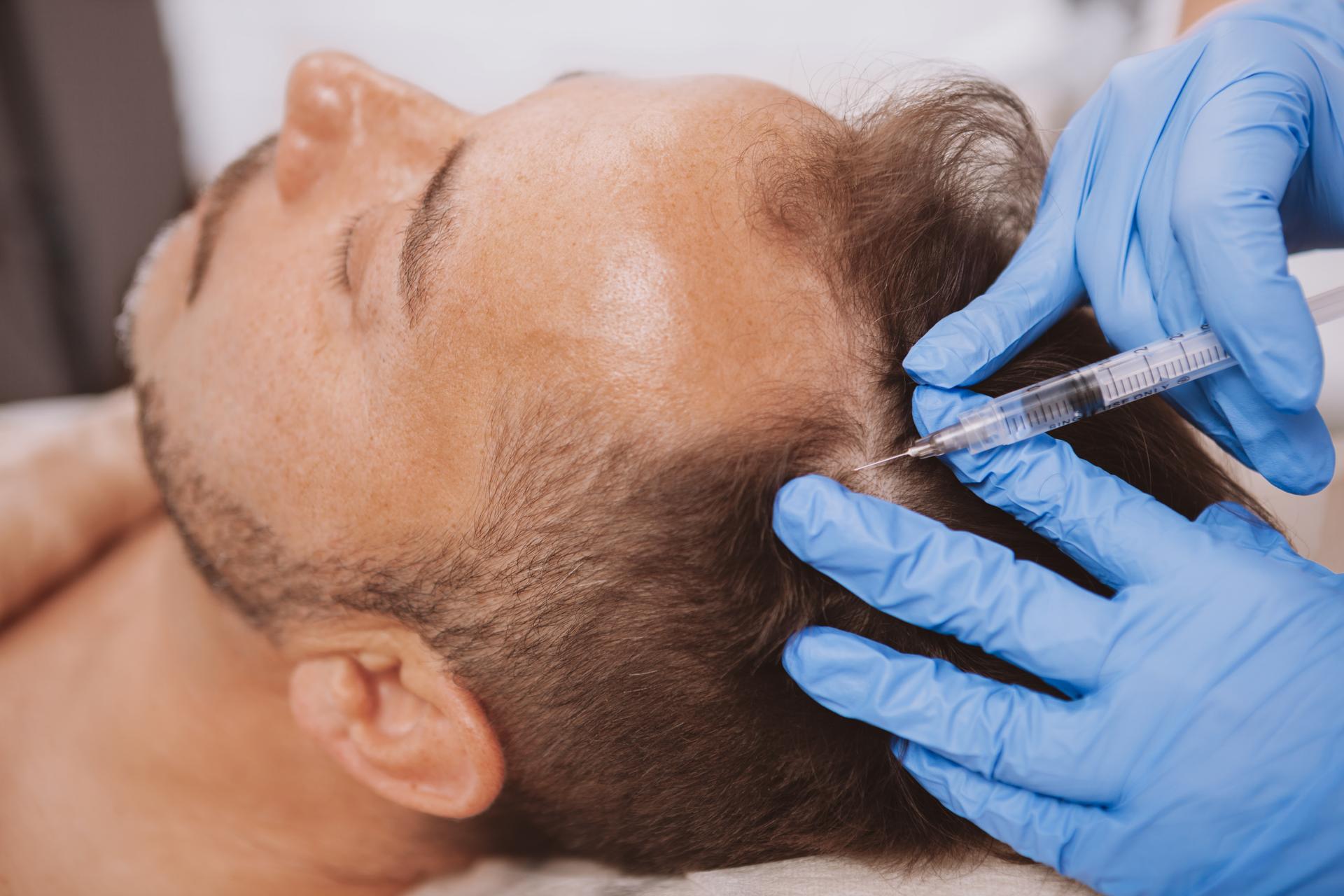Alopecia is an irregular interruption in the natural growth of hair. Although alopecia can occur in any area of the body that grows hair, it mostly occurs on the scalp. The scalp is supposed to have about 100,000 hair strands on average, which goes through normal cycles of growth, rest, fall, and regrowth. When this cycle gets disturbed, the body starts showing abnormal hair loss symptoms. This blog discusses some common types of abnormal hair loss.
What Is Alopecia?
Alopecia can either be temporary or permanent. Although it can affect anyone, alopecia is more commonly seen in men. According to reports, around 6.8 million people in the United States alone, and 147 million people worldwide, suffer from one particular type of alopecia.
Types of Hair Loss
While alopecia is very common, there are other types of abnormal hair loss disorders as well. These different abnormal hair loss conditions are differentiated based on what causes them. For instance, the early signs of alopecia constitute gradual or sudden and abrupt hair loss, hair thinning, an inability to regenerate the fallen hair, and the appearance of bald patches.
See Also: Key Causes of Thinning Hair and How to Treat It
Androgenetic Alopecia
Androgenetic alopecia, or hereditary hair loss, is the most common of the types of abnormal hair loss seen worldwide. It is called male pattern alopecia for males, while for women, it is called female pattern alopecia.
Androgenetic alopecia is a condition where a person’s hair follicles atrophy and finally stop producing hair due to their inherited genes. Shrinking can start as early as adolescence, but it is more common later in life. The first sign of hereditary hair loss for women is thinning hair or widening hair partitions. While for men, a receding hairline or bald spot at the top of the head is generally the first indicator.
Alopecia Areata
Alopecia areata is a condition in which the immune system targets the hair follicles (which hold the hair in place) and causes hair loss. Hair loss can occur anywhere on the body, including the scalp, insides of the nose, and ears. Sometimes, even eyelashes and brows can be lost by some people.
Alopecia areata mostly affects children and young adults and causes patchy hair loss. This disease can, at times, lead to total baldness (alopecia totalis). However, hair regrows in roughly 90% of people with the disorder within a few years.
Anagen Effluvium
Anagen effluvium is non-scarring alopecia that is frequently linked to chemotherapy. A toxic or inflammatory stimulus to affected anagen hairs results in hair shaft fracture in this condition. ScienceDirect states that a sudden insult to the metabolic and follicular reproductive apparatus must happen to create such an event. Cancer chemotherapeutic treatments and radiation therapy are pretty much capable of causing such an impact.
Antimetabolites, alkylating drugs, and mitotic inhibitors used as chemotherapeutic therapy can cause anagen effluvium. That’s why it is also known as chemotherapy-induced alopecia. Normally, the hair shedding occurs within 14 days of the drug’s administration, but it’s reversible, with hair regrowth occurring after the drug is no longer taken.
Tinea Capitis
A ringworm of the scalp (tinea capitis) is a rash caused by a fungal infection. Tinea capitis is most common in preadolescent children. Adults, particularly those who are immunocompromised, can be affected too. Tinea capitis is seen in almost every country, but the specific fungus species that causes tinea capitis varies by region. Animal contact, household crowding, warm and humid settings, and contact sports are all risk factors.
See Also: All You Need to Know About How Weight Loss and Hair Loss Are Linked
Hair Transplant to the Rescue
There are more types of abnormal hair loss, like cicatricial alopecia, lichen planopilaris, and folliculitis decalvans, including those caused by hair treatments, hair coloring, and hormonal imbalances. However, treatments for hair loss conditions are possible, and in cases where the hair does not regenerate on its own, there are other medical options available. Some get resolved with prescription drugs, while others require comparatively invasive solutions. Sometimes, however, hair transplants are the most viable solution at hand. You may need to contact a hair restoration surgeon to restore your hair in such cases.
Looking for effective hair transplant solutions in NJ? With renowned doctors like Dr. Emil Shakov, one of the best hair transplant doctors in NJ, your hair problems could be a well-rested history. Contact us at the New Jersey Hair Restoration Center today to get your personalized hair restoration therapy.


